Best triathlon kit for beginners: what do I actually need?
Helping you cut through the confusion

Best triathlon kit for beginners
It's been nearly three months since the horrendous ordeal of entering my first proper triathlon – and I'm still only just managing to not wake up in the middle of the night screaming, the memory of the swim still plaguing my dreams.
That aside, one of the hardest things about the whole nightmare was right at the start, when I had to start training and realised I didn't have any of the stuff I needed – so I've made a list for anyone else that's starting out.
I THOROUGHLY do not profess to know it all, and in fact I've only done a couple of these, so please read this as a checklist from someone who's very new to it to, rather than having been around the block a few times and perhaps forgotten how terribly horribly perplexing this all is.
(For instance, I spent 40 minutes queuing for NOTHING when trying to rack my bike. I was just standing with people just having chats and I thought I was waiting in line. See, it's hard).
Should I ever invent time travel (or someone else does, and they choose me as their plucky assistant to help them out with reaching the necessary speeds) I'll make sure I print this out and take it with me. You're welcome, past Gareth.
- If you've got any tips, tech you want tested out or just want to mock me, I'm @superbeav on Twitter, and you can see my stumblings on Strava too.
- If you want to see more data, follow me on Smashrun - if you want to sign up, please use this link - once you see the service, you'll work out why...
- Read the rest of the Running Man of Tech story here
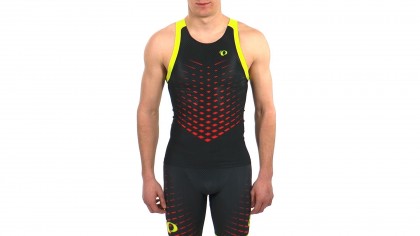
The essentials - tri suit
Let's begin this gallery with the must-haves. Up first, the tri suit. You've seen these. Men and women wearing something with looks like a cross between a leotard and an adult romper suit. These are worn beneath the wetsuit, meaning when you peel of your water skin you're already dressed for the cycle.
Make sure you get something that's moisture wicking, quick drying and DEAR GOD make sure it's got good padding in the crotch. You're going to be on the bike for a while, and soggy too, so anything to make the experience more palatable is vital.
Depending on how cold the day will be, you can opt for a decent pair of cycling shorts instead – this had the benefit of being more comfortable and warmer, as you'll pair them with a t-shirt, but does add time to your transition as you have to think about putting on an additional item of clothing.
It's harder than it sounds when you're disorientated and soggy after utterly failing at the swim.
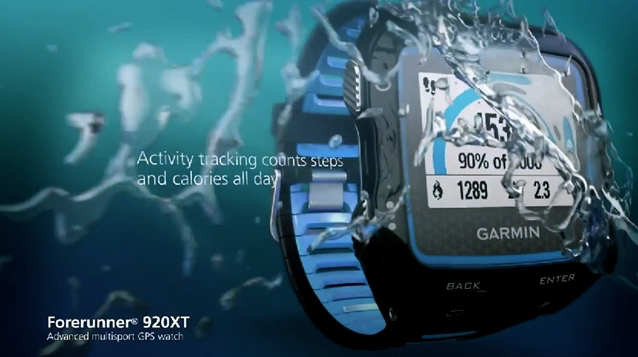
Watch
As the Running Man of Tech, you can't expect me to not recommend some decent technology here. Some might argue it's not essential, but I couldn't have got through my novice experiences with cycling and swimming without it.
Getting yourself a good triathlon watch is an absolute must in my mind, as with so many disciplines and training styles to be thinking about you'll want something that takes the effort out of recording your efforts.
I love the Garmin 920XT as the battery just lasts forever, it can track everything and auto uploads to Strava too. TomTom's Multi Sport (and forthcoming Spark) is a decent choice too.
The annoying thing is that in the water, most watches can't track heart rate if you're using a chest strap as the Bluetooth signal can't get through – you can use wrist sensors, but the constant smashing into the water can disrupt the readings.
The Polar A300 can, somehow, connect to a Bluetooth heart rate monitor in the water, so that's an option for swimming training, although I'm hoping other brands work out how to do that soon too.
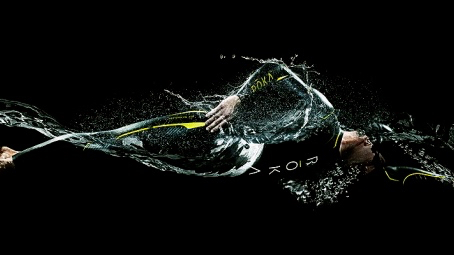
Wetsuit
This is something that seems to put a lot of people off triathlons, and I get why. You're basically trying to work out how it feels to be a sausage in human form, with bits that aren't supposed to be squished getting heavily flattened.
I'll answer the two main questions I had in my mind for you: No, your flabby bits aren't as exposed as you think, as the suit is fairly thick. And as a result, guys: no, you can't see the outline of anything.
I checked. A lot.
After the bike, your wetsuit will probably be the biggest outlay you'll face, but like the bike, you can save some money through hiring it on the day. There are different levels ranging from the simple outer skins all the way through to hyper-buoyant mega-zip options that slide off, but I'd suggest going for one with a decent level of buoyancy (the 2XU A:1 option I used was impressively floaty) and sticking there.
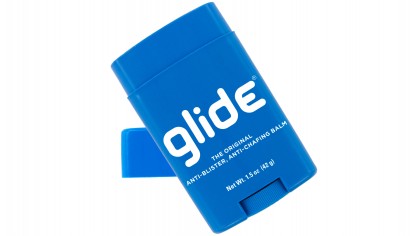
Lube
This. THIS is the best tip I got through training. One of the things you'll notice when using a wetsuit for the first time is your neck gets absolutely rubbed raw (especially if you don't match up the Velcro fasteners) and it's horrible. Get some lube (I used BodyGlide sitck) and rub it all over your neck and suit and the pain is removed.
Seriously, it's genius and you can also rub it on your arms and legs to make the wetsuit peel off more easily.
If there is ONE THING I can get you to buy from all this list, please let it be this. Although you won't have bought a wetsuit or a bike, so you won't be allowed to actually do the triathlon... so essentially I'm just urging people to buy lube.
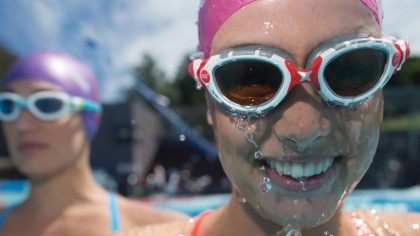
Goggles
Any goggles will do here, but remember you'll be wearing them in open water, so tinted lenses – which reduce glare from the water and brighten everything up.
Try on a few pairs and make sure they're ones that can be flipped up and down easily - you want them snug on your face but if you have to empty them mid-stroke then you'll need something lightweight.
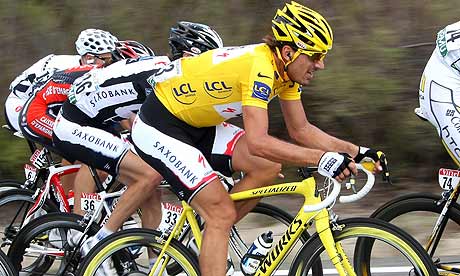
Decent bike
So you've survived the wet bit – now you're onto the long sitting down section – and if you can nail this bit, you're going to have a decent race no matter what.
Most people that come into triathlons are better a single discipline that others, and if cycling is yours, then you've got a better chance of doing well as you can make up so much time.
When it comes to choosing a bike, it's really tricky. I was racking my two-wheeler next to a chap who had an awesome-looking bike. He, on the other hand, looked slightly out of shape – yet he was telling me how many people he passed just through having a more aerodynamic machine.
My advice: at least get a bike with racing handlebars. You can spend a lot on aerodynamic machines with greater power to weight ratios and the fancy handlebars in the middle that you lean on with your elbows. They'll make you faster just by buying them – but you don't need to go mad at the start and spend billions.
While your commute bike probably won't cut it, a trip to your local bike (or, if you're lucky enough to have one, triathlon) store will give you the info you need here.
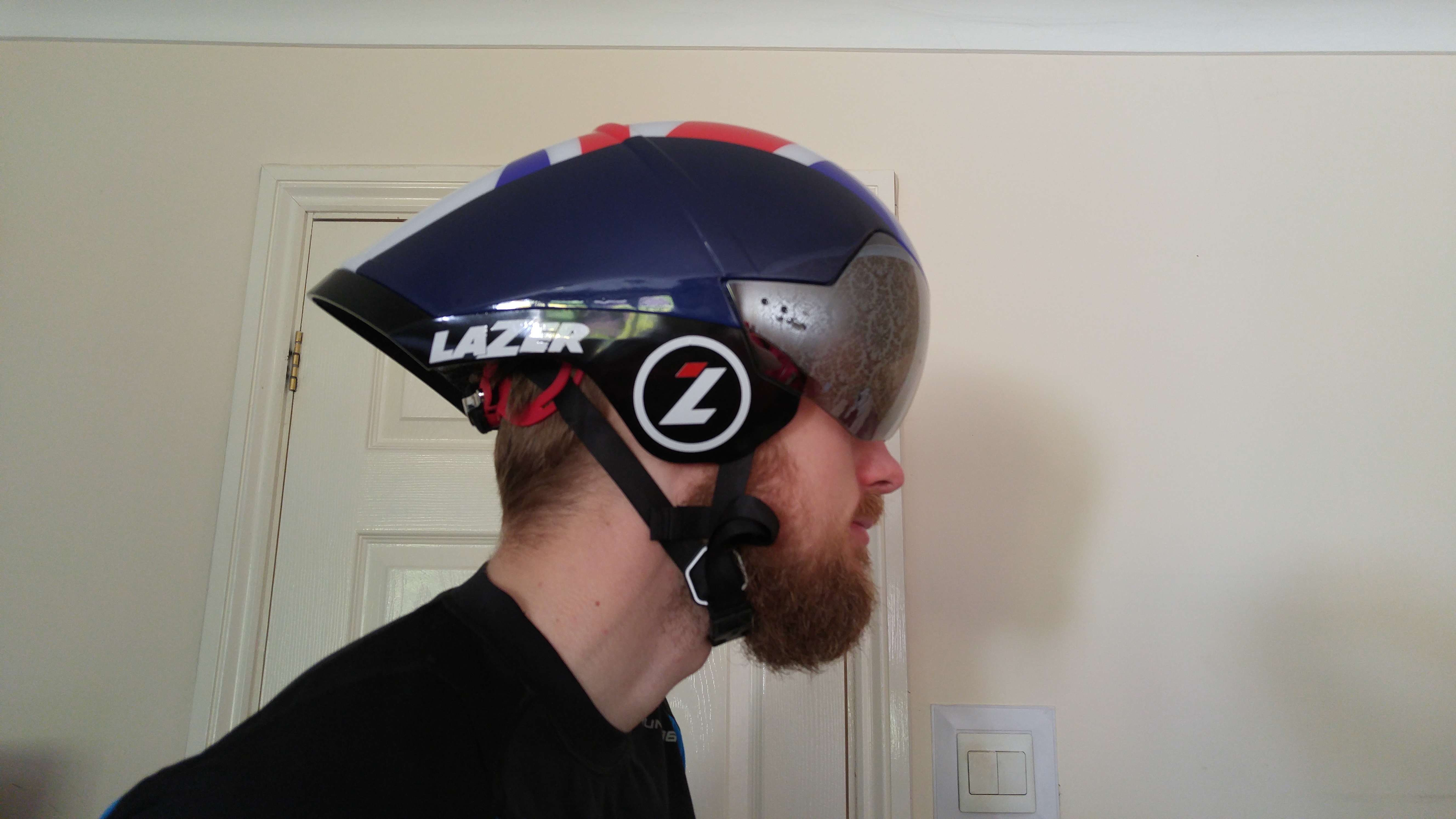
Helmet
Don't sweat this one too much – it's mostly there for your safety. However it's hugely important that you remember to put this on before even touching your bike (likely disqualification else) and don't remove it until you've racked at the end of the cycle section.
I went with the Lazer Z1 for fit and as it was visible (a godsend when you're sprinting through looking for your bike out of millions), lightweight and full of ventilation (do not start out with one of those time trial aerodynamic helmets - they're a nightmare and you'll look foolish).
. If you want to spend a little more, something like the S-Works Evade from Specialised has magnetic clips to get it on your head even easier so you don't waste time fumbling for the clasp like sweaty teenager.
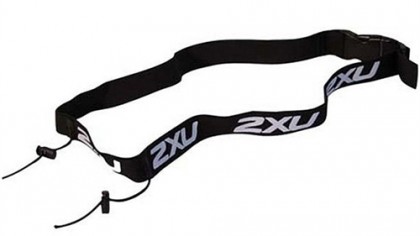
Enhancements - Race belt
OK, in this section it's all things you don't NEED, but by golly, having them makes things so much easier.
Let's start with race belts: these are super cheap and also vital. In my first triathlon I tried to pin the race numbers to my shirt and jacket, but it's a right faff.
Get a race belt, snake the ties through the number and use the toggles to hold it in place. Then simply clip it on in the first transition and you can have your number on your back for the cycle and spin it around to your front for the run – saves time and looks pro.
Try to invest in a good quality one so the ties don't fall off.
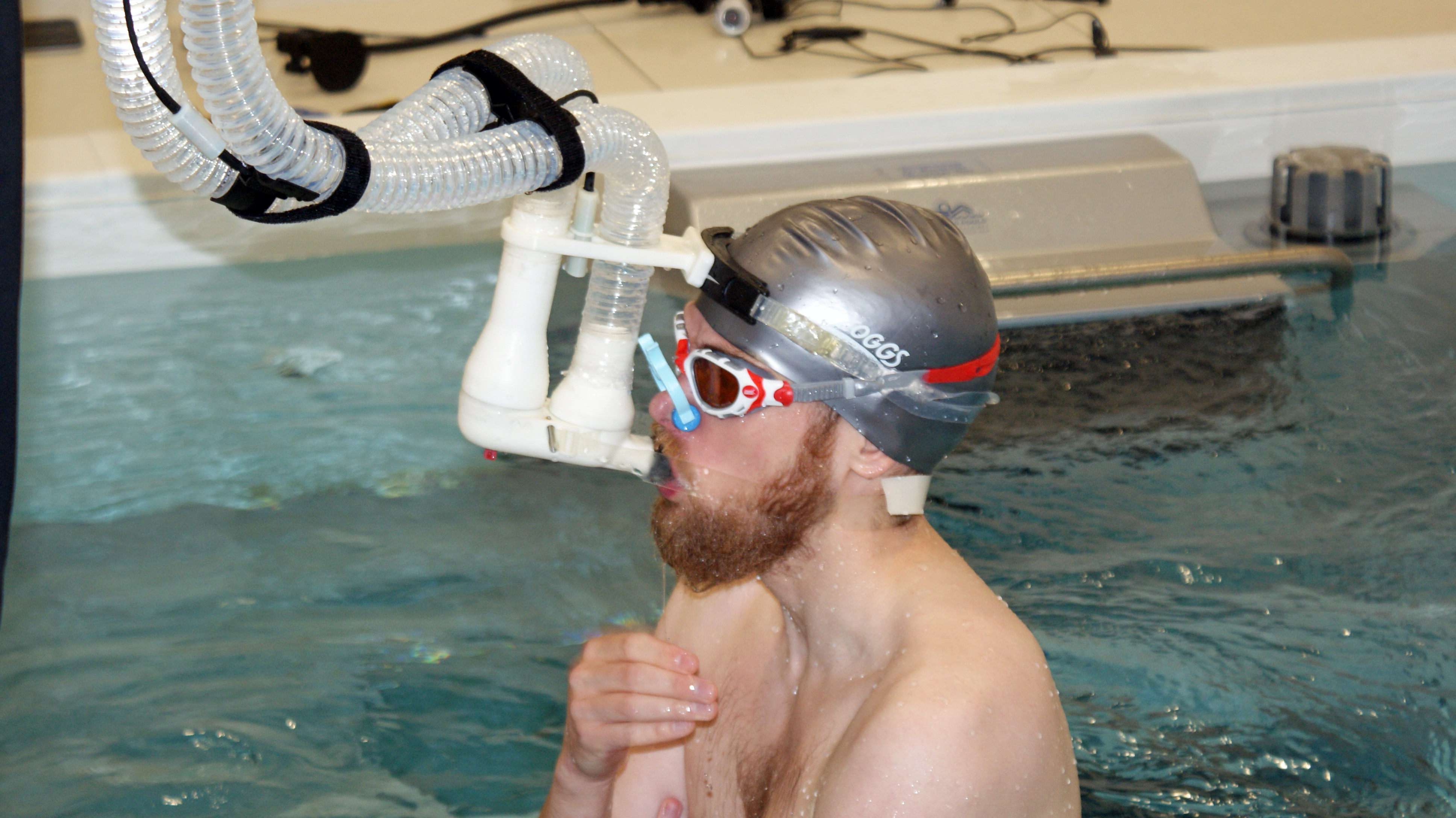
Swim hat
While many races will give you this to signify your wave by colour, get a nice easy-on silicon one for training, even in the pool. You'll be taking it on and off a million times and trust me: a bit of investment here pays dividends.
I was tempted to put this in the 'essentials' section, but in reality you can get away without one if your race is going to provide it.
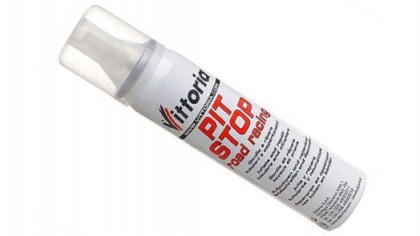
Cycling pack
While I'm eternally grateful this didn't happen to me, a puncture will ruin your entire triathlon. So either take a spare tube and a mini canister of CO2 to inflate it (with a saddle bag to seal it away), or something like Vittoria Pit Stop Tyre Sealant.
It's latex in a can, means you don't need to take the tyre off and fills your rims with tasty (no, wait, not tasty) latex to get you back up and running in no time. You'll naturally lose some time off your end result, but it's much, much better than a DNF.
Definitely have a play with it first though – this isn't something you want to figure out on the go when you've just been pushing yourself to the edge, have got horribly tired and sweaty and then spend twenty minutes fannying about with on the side of the road.
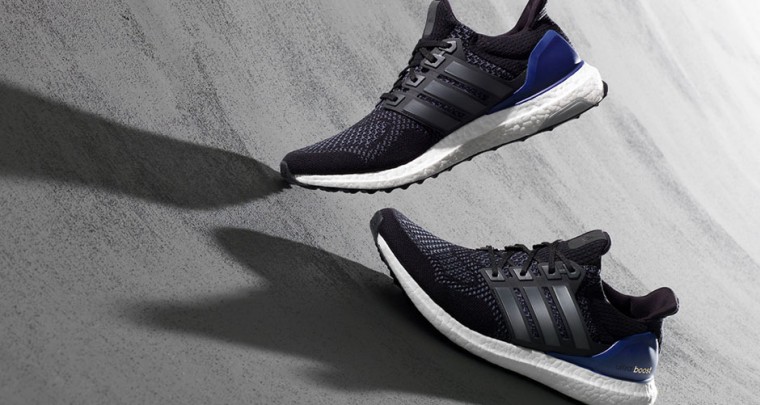
Easy on shoes or elastic laces
When it comes to running, there's very little to worry about thankfully. Get yourself a decent pair of shoes and you're laughing. Hahahahahaha, you'll say, while people swiftly sidle away from your general direction.
However, you do have to attach the things to your feet in transition, which munches valuable seconds. I'm going to assume you've already got trainers, otherwise I'm worried about your preparation for this three-pronged challenge.
I've said it before, but I love the Adidas UltraBoost for this task. Tongueless design means they slip on and off like slippers, and the cushioning is magic. However, if you've got a favourite pair of trainers, some elastic laces are a secret weapon here, allowing you to size them up before you take off the shoes and then slip them on without a worry.
Then it's just the lung-sapping, mind-crushing, when-will-this-end-is-that-the-end-no-it's-a-turning-board-wait-is-that-the-end-oh-my-god-it-is-this-is-all-nearly-over run to get through before you get to go home and eat EVERYTHING EVER.
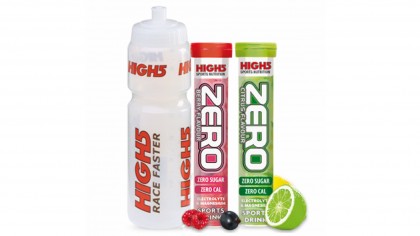
Drinks bottle and nutrition
Get yourself a drinks bottle and bone up on what to fill it with. Getting two will slow you down a little and are only needed for longer cycling sections, where you can have one chock-full of electrolyte drink and the other packing some good quality H2O.
If you're going to use gels, make sure you've tried them first. You don't want to be 30 minutes in and suddenly realising 'Oh, THAT'S why Paula did that'.
A good tip is to tie the gels around the handlebars of your bike with an elastic band you've cut in half. They'll stay on but come out really easily.
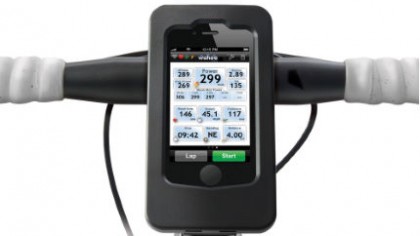
A cycling computer
Do you need one of these if you've got a watch already? Nah - but if you've got a bike with a powermeter built in or a cadence sensor, then you can get many cases that will hold your phone (generally the iPhone for most) and turn it into a natty cycling computer.
Probably better for training, this one, as you won't want to leave your phone on the bike when it's racked in a race, right?
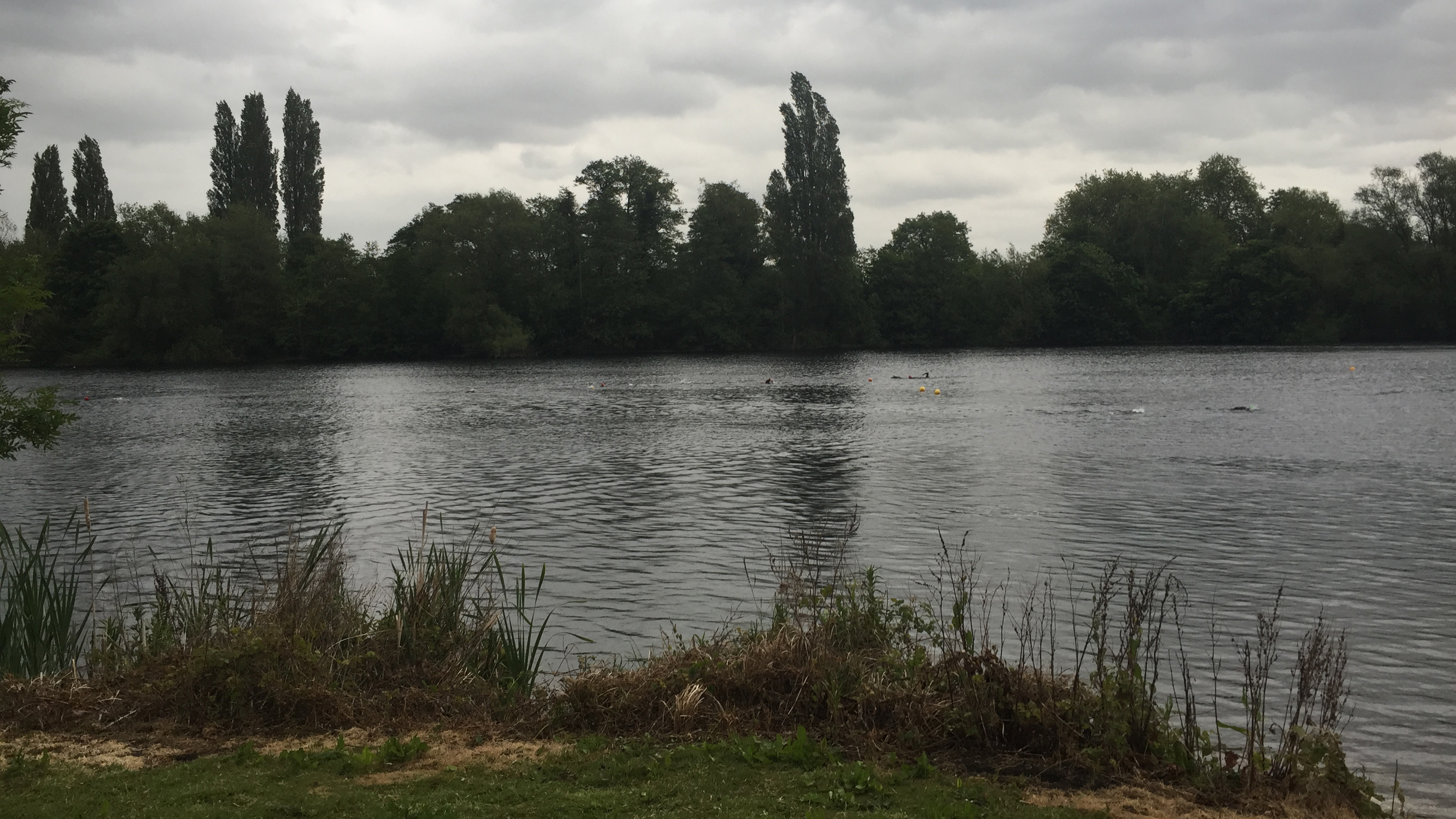
Tips: Get in the open water
These aren't kit tips per se, but things I'd love to go back and tell myself: firstly, get in the open water as soon as you can. Don't fool yourself that you need to spend more time in the pool as you're poor at swimming. Get a wetsuit, get in the water. Go do it. Now. I'll wait.
The reason for this is you cannot begin to understand the difference between sploshing about in a nice warm pool, where your feet can touch the ground and you can see the bottom, and the feeling of being in a body of water nature created and doesn't really want you in there.
You'll be facing weeds. Shockingly cold temperatures (although the wetsuit really helps here… it's like being in a rubber blanket). Other swimmers battering you.
And of course: the real fear of monsters lurking beneath the surface. If I could go back to the start again and do one thing differently I'd have got in my local lake right at the beginning instead of with two weeks to go.
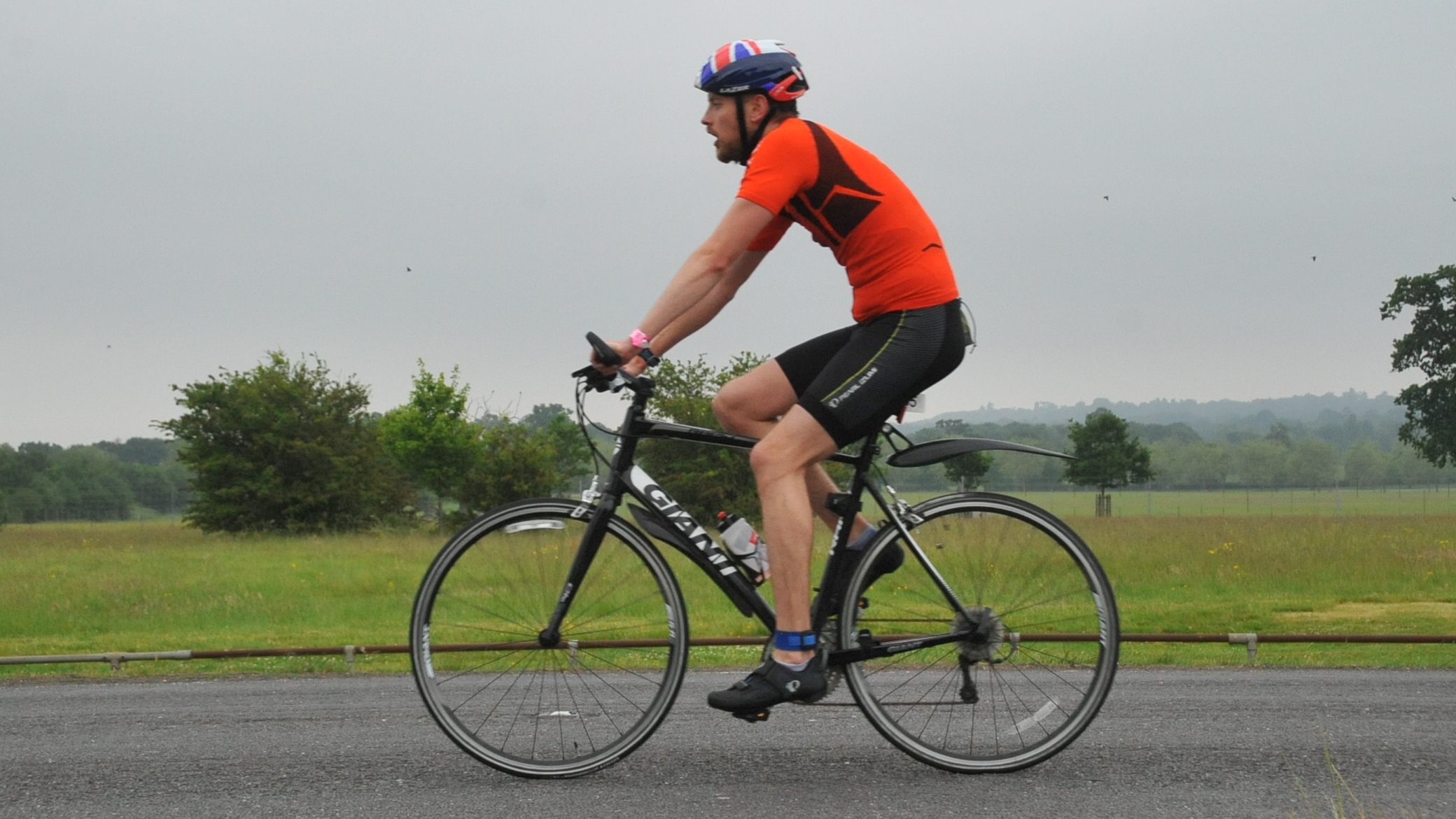
Learn to love your bike
Yes, you've been riding since you were a child. But at the same time, you've been able to run to the bus, but that doesn't mean you're a decent runner.
Spend as much time with your bike as you can - especially if it's a triathlon one. Make sure it's serviced. Know how to take the important bits on and off, and always think about ways you can improve your time on the bike.
If you're anything like me you'll have to pour yourself into getting better at the wet bit, but don't neglect the cycling part.
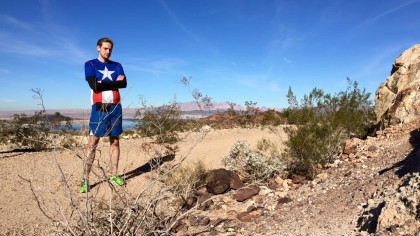
Enjoy it
This is the cop-out tip for every single challenge in the world ever - but that's the one thing I wish I could have done more of.
Triathlons are insane. They're you trying to either be good at three things when most people idly wish they could go out on a run and then eat biscuits, or your good-ish at one discipline but terrible at the others.
If you cross that line, cherish it. Then wonder what on earth you're doing with your life, before signing up for another one in three months time and start idly glancing at how long the Ironman courses really are.

Gareth has been part of the consumer technology world in a career spanning three decades. He started life as a staff writer on the fledgling TechRadar, and has grew with the site (primarily as phones, tablets and wearables editor) until becoming Global Editor in Chief in 2018. Gareth has written over 4,000 articles for TechRadar, has contributed expert insight to a number of other publications, chaired panels on zeitgeist technologies, presented at the Gadget Show Live as well as representing the brand on TV and radio for multiple channels including Sky, BBC, ITV and Al-Jazeera. Passionate about fitness, he can bore anyone rigid about stress management, sleep tracking, heart rate variance as well as bemoaning something about the latest iPhone, Galaxy or OLED TV.